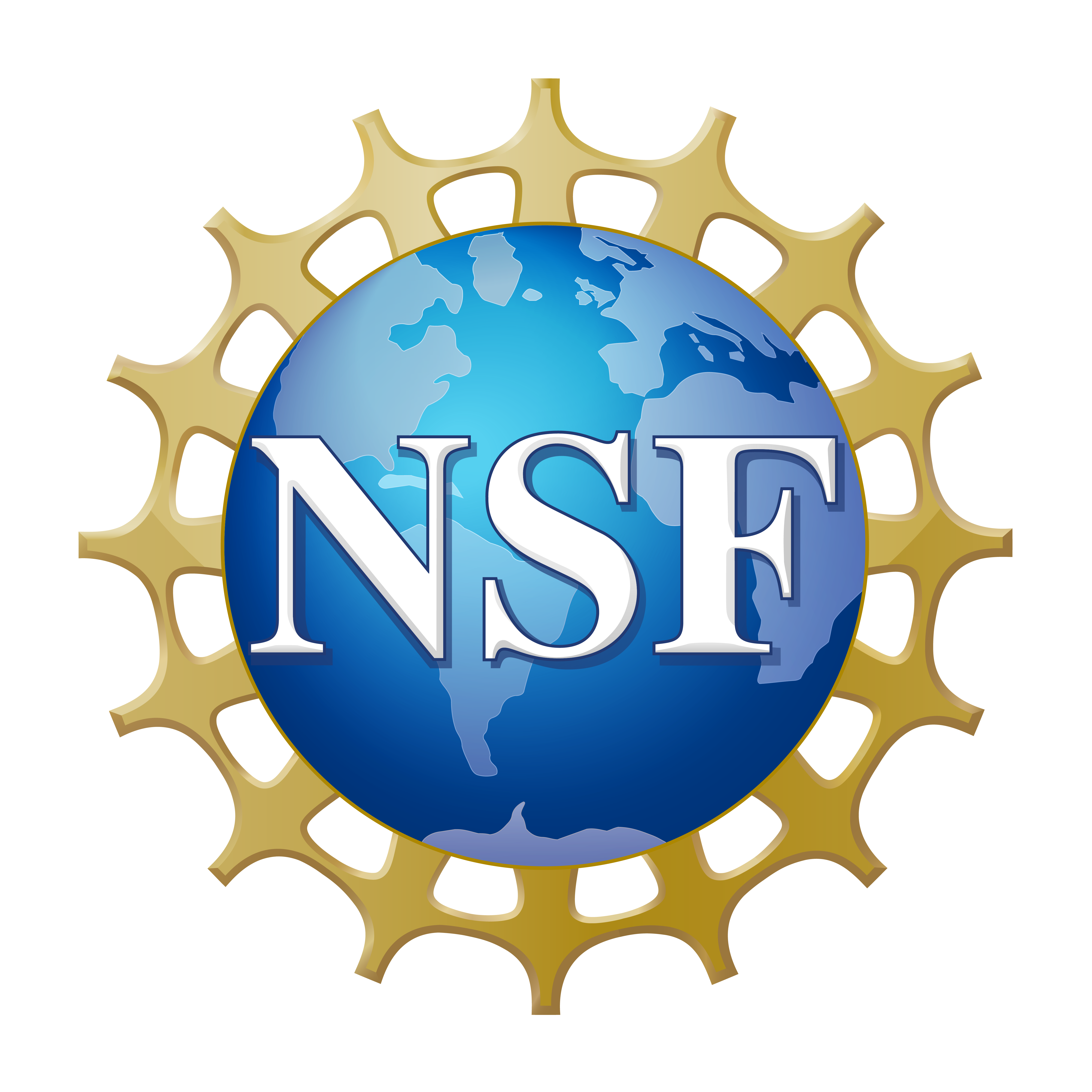How does the mantle upwell at mid-ocean ridges?
What is the impact and manifestation of complex mid-ocean ridge dynamics on the internal structure of oceanic tectonic plates?
These, and other fundamental questions about the evolution and structure of oceanic plates, remain unanswered! Observations of upper mantle structure gathered at mid-ocean ridges, the sites where these plates are generated, will enable us to answer these questions. Seismology is one of the most powerful methods we have to obtain observations that characterize the internal structure of the oceanic upper mantle. To gather such observations, this ambitious experiment will deploy 40 ocean-bottom seismometers (OBSs) across ridge-ridge triple junctions, which have never been seismically imaged at upper-mantle depths.
The broadband seismic data gathered from this experiment will be profoundly impactful to the fields of marine geophysics and tectonics. We will process this data and generate images of the oceanic upper mantle at these locations using a wide array of passive seismic imaging approaches, including body- and surface-wave imaging. The resulting seismic observations will provide in-situ constraints on mantle discontinuity structure, composition and temperature, and fabric orientations, providing results that enable us to test a wide suite of geodynamic models for mid-ocean ridge evolution and structure. The increases in path coverage for surface and body waves in the east Pacific will also improve the quality of global-scale seismic images. Finally, we will also generate new high-resolution observations of local bathymetry.
This project has been funded by the U.S. National Science Foundation’s Division of Ocean Sciences under award number 2143865.
